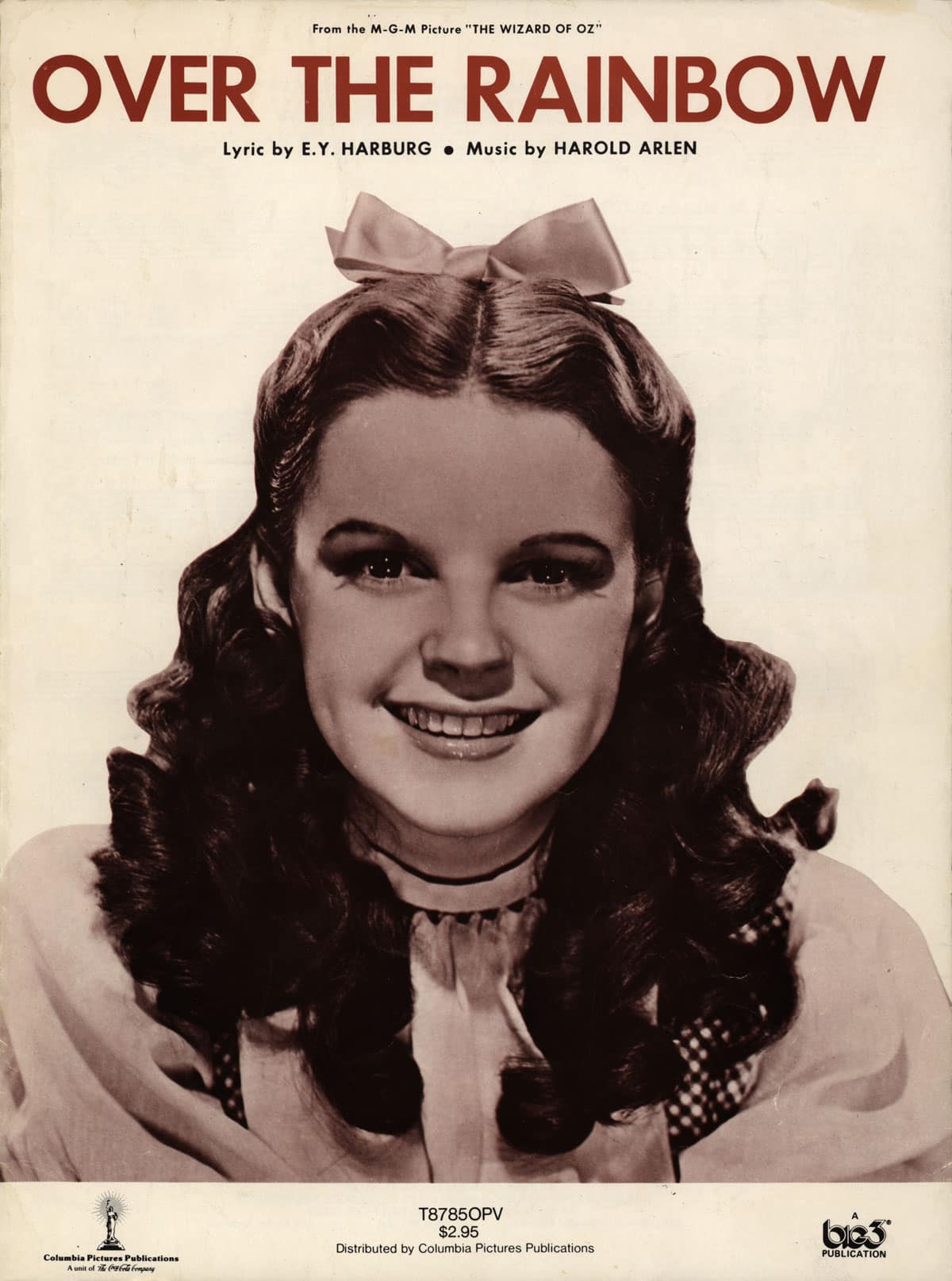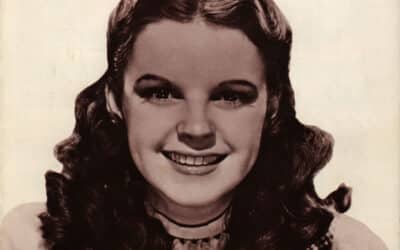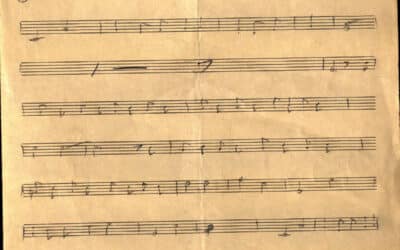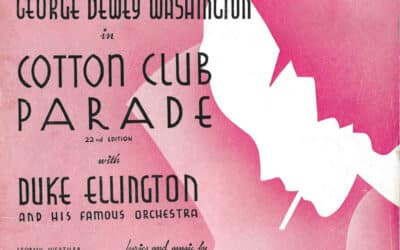Harold Arlen Exhibition / From New York to Hollywood
Harold Arluck settled in New York City in the late 1920s in an era known as the Jazz Age (1920s-1930s) also defined by musicologists as the Golden Age of Song (1920s-1940s). At just 23, Harold had more than a decade of performance experience in both worlds of music. In New York City, Harold took every available opportunity to work in dance bands and in pit orchestras, but it was through a Broadway musical that another avenue opened. After filling in for Fletcher Henderson while he was sick, Harold played a warm up vamp (a short, repeated passage of music) that over the course of the day evolved into a song. The song became “Get Happy” and Harold Arlen, as he now styled himself, became the composing half of a co-creative team with Ted Koehler.
With Ted Koehler, Harold Arlen began writing songs for The Cotton Club, Harlem’s premier nightclub in the 1920s and 1930s. While it featured an outstanding list of black entertainers who made their names there, it catered to whites only and African Americans were excluded from the audience. Artists included Ethel Waters, Ella Fitzgerald, Billie Holiday, Lena Horne, Fats Waller, Louis Armstrong, Cab Calloway and Duke Ellington. Out of this environment came some of Arlen and Koehler’s most memorable songs, including “Stormy Weather,” “I’ve got the World on a String,” and “Ill Wind.” During this period, with various lyricists, Arlen also provided songs for Broadway shows including, “I Gotta Right to Sing the Blues” and “It’s Only a Paper Moon.”
For each song, regardless of his collaborator, the music came first, allowing Arlen the freedom to create inventive melodies that drew on his own love of jazz and blues and the music he heard at The Cotton Club and on the Broadway stage. Harold arrived in New York when songwriters like George Gershwin had begun to redefine what popular music might be in the early twentieth century. As a younger composer, Harold Arlen showed great range, from marches to torch songs and ballads. His broad musical exposures in Buffalo from an early age, allowed him to fill his music with multiple elements. He rapidly became friends with this emerging group of composers.
From the 1930s to the 1960s, Harold Arlen worked with a range of noted lyricists, moving between Hollywood and New York, and in film and on the stage. He teamed with some of the greatest writers of his age: Ira Gershwin, Johnny Mercer, and E.Y. Harburg among others, producing outstanding classics: “Blues in the Night,” “That Old Black Magic,” “The Man that Got Away,” “One for my Baby” and “Ac-cent-tchu-ate the Positive” as well as the Oscar winning, “Over the Rainbow” in the film The Wizard of Oz. Arlen’s music reflected universal feelings of loving and longing that shaped the everyday lives of Americans. Some of the melodies emphasized worries, others love or joy, but each promised possibility and the idea that hope would prevail.
Gallery
Over the Rainbow is intimately connected with Judy Garland who sang it first at the age of 16. She continued to perform it throughout the rest of her life.
Over the Rainbow and Judy Garland
"Over the Rainbow," Autographed Lead Sheet Music created by Harold Arlen. E.Y. Harburg Collection, Mss 83, Irving Gilmore Music Library. Courtesy of the Yale University.
The Number One Song of the Twentieth Century
Harold Arlen and Ted Koehler worked on several revues at The Cotton Club over the years from 1930 to 1934. Many of these songs went on to become standards of the Great American Songbook.




